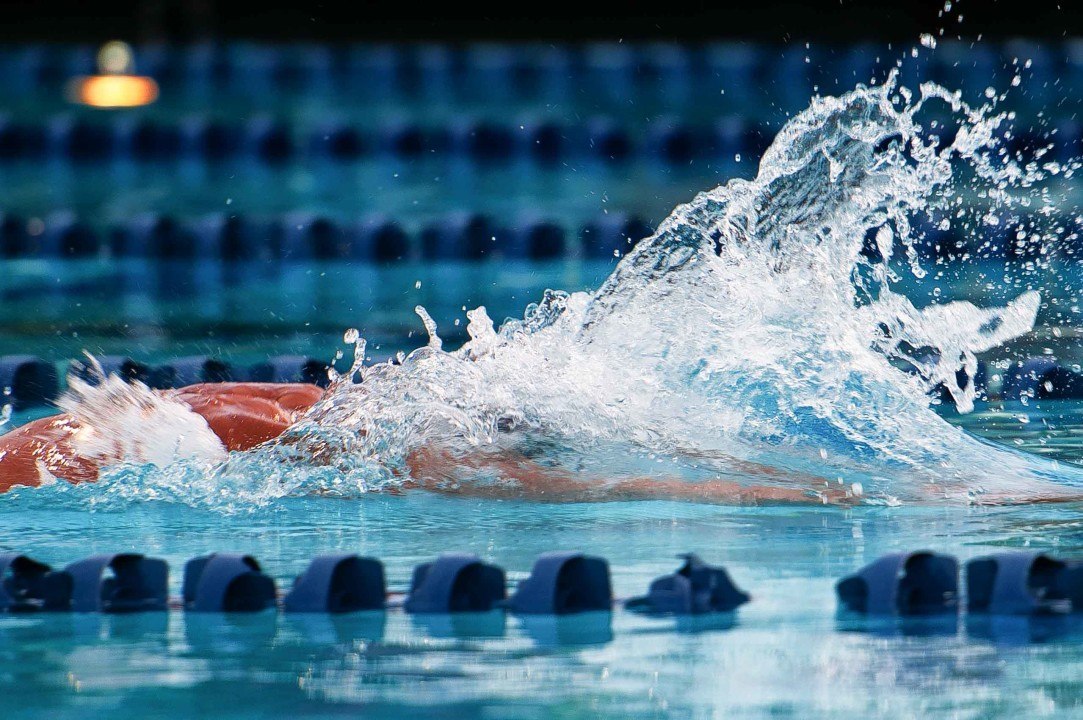Audrey Strom is among a select few people who has the pride of knowing she changed a sport for all time.
Today’s S11, S12 and S13 Para-swimmers work with a tapper, who touches the athlete with a long pole to indicate the end of a lap or race. In the late 1970s and ‘80s, Strom and her late husband, Wilf, came up with the system to help act as the eyes for visually impaired swimmers, most notably 28-time Paralympic medallist Tim McIsaac. They helped the practice gain acceptance the world over. On Friday, both will be inducted into the Canadian Paralympic Hall of Fame. Wilf Strom will be posthumously inducted as a coach. Audrey Strom, who was the first chairperson of swimming for the Canadian Blind Sports Association as well as the International Blind Sports Association, will be going in as a builder.
“It makes you very proud that you could start something, and assist swimmers to reach goals that we thought at one time were prohibitive,” says Strom, a Winnipegger who lives in White Rock, B.C., with her daughter Vicky Strom. “And now they’re quite able to compete. That’s a very rewarding feeling, knowing that you could make that much of a difference. It’s only in one little sport, but I think it helped open it up for a lot of people who might not have known what they could do.
“It’s absolutely a great honour, I am very pleased and I know Wilf would be, too, were he here.”
The Stroms, through trial and error, invented tapping while coaching in Winnipeg with the St. James Seals swim club. Shortly after the Montreal 1976 Olympic and Paralympic Games in Toronto, the teenaged McIsaac expressed interesting in swimming with the club. The Stroms had a sensitivity regarding the challenges visual impairment presents in sport.
“My son, Eddie, he swam because he had eye problems,” Strom says. “He had a difficult eye, now as an adult he is blind in that eye. He used to tell me, ‘you know, Mum, I can see better under the water.’ ”
McIsaac had a wrestling background after attending the famous W. Ross Macdonald School in Brantford, Ont.. The Stroms quickly came to appreciate that McIsaac was a determined young man.
“Wilf said ‘let’s give it a whirl and see what happens.’ We soon realized that FINA rules were not going to be efficient for Tim to compete the way he wanted to.
“He was a very competitive person and that in itself led you to want to help him advance to be the best he could become. And Tim was the best – he held all the world records at one time.
As McIsaac developed speed, that led to them trouble-shooting methods that, firstly, would help him avoid injury by hitting pool walls, and secondly, not lose seconds on turns.
“When we started, the tapper was the baton from a floor hockey stick,” recalls Strom, who is being accompanied to Ottawa by her adult children Eddie, Gerry and Vicky. “That way he could learn the turns. Prior to that it wasn’t feasible because he didn’t know when he was coming to the end of the pool. Tim was the first blind swimmer to ever do the flip turns and the first ever to swim butterfly, because that was a treacherous one with the swimmer’s head coming up.
Wilf Strom also became the Canadian Blind Sports national team coach, a post that he also held during the 1980, ’84 and ’88 Paralympics cycles. At international meets, coaches became curious about the Canadians’ contraption.
“They realized every time that Tim made a flip turn, he gained quite a bit of time since their swimmers swam in and then pushed off. Wilf did clinics every place we went, so we were able to get the visually disabled into international meets.”
Strom, through the CBSA and IBSA, worked on the rules end, serving as a technical director and helping the innovation become a compulsory part of Para-swimming, which increased safety and perhaps helped visually impaired athletes become more confident about going into swimming. She also developed coaching manuals that she handed out “quite freely” at every meet she attended.
“Prior to the tapper, the blind swimmers just counted strokes,” Strom related. “You can’t race and count strokes at the same time. The number of strokes varies depending on your fitness level on the day of competition, and other things.”
Strom, now a great-grandmother at age 84, keeps busy while living with her daughter in White Rock. She notes her family has swimming in its genes.
“I have a great-grandson in Winnipeg who’s a year old as of Nov. 8,” she says excitedly. “I talked with my granddaughter and she says he’s already doing a few little swims underwater to her, no fear whatsoever, dunk him in the water and he’ll swim from one person to the other. I can hardly wait to get there for Christmas and see him.”
Swimming news courtesy of Swimming Canada.
